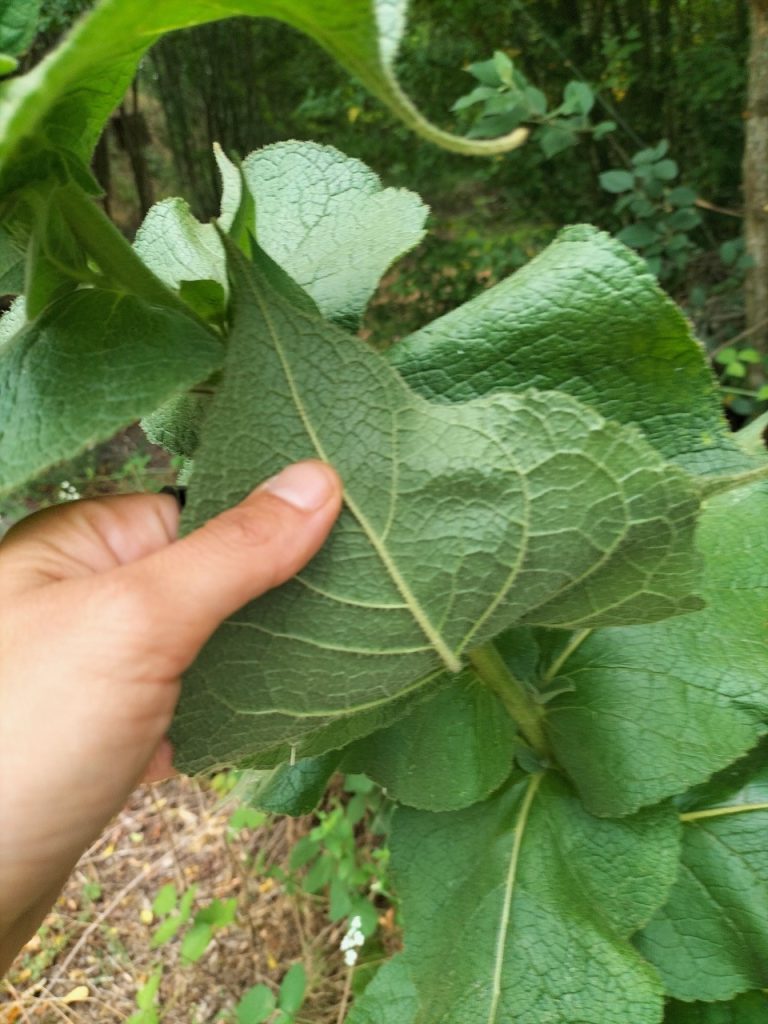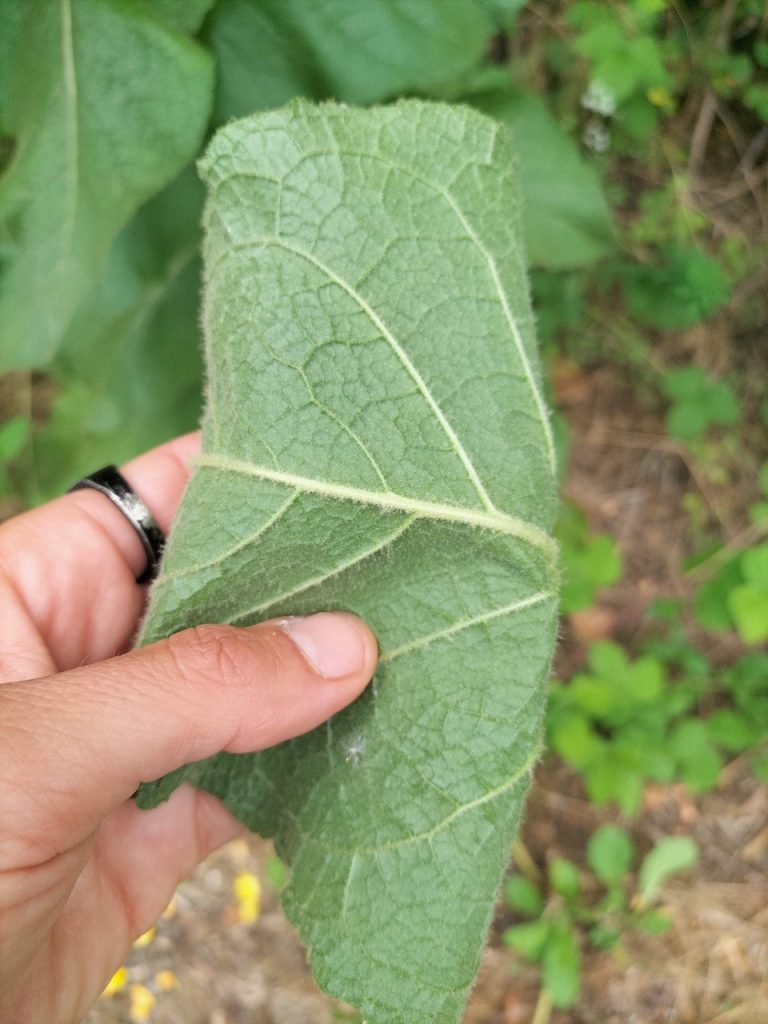 No matter if you are enjoying some pleasant activities in the Great Outdoors or if you are caught up in an emergency situation, having a period is one of most unpleasant things to experience, especially if you are caught off-guard. I am sure everyone of us has passed through things like this at least once in her life.
No matter if you are enjoying some pleasant activities in the Great Outdoors or if you are caught up in an emergency situation, having a period is one of most unpleasant things to experience, especially if you are caught off-guard. I am sure everyone of us has passed through things like this at least once in her life.
Such events happen, and we don’t need to feel sorry about ourselves or anything else like that!
From a female perspective, being in such a situation can be very distressing. No doubt about it. I reckon this article touches a very delicate – and private! – matter, but it is worth talking about. Sharing experience and knowledge, in fact, can help women out there face such a commonplace problem when away from home and out of their comfort zone.
And 100% naturally!
Plant identification can come in handy to know which leaves you need to pick up in order to improvise a sanitary pad and to fashion it in the most convenient and comfortable way.
A Female Prepper Should Always Be Prepared
A menstrual cycle usually occurs in a certain timeframe of each month. Nonetheless, there are a lot of factors which may cause it to come sooner or later, like:
- physical stress
- psychological disarray
- hormonal treatment
- pregnancy
… and so on.
I am pretty sure that all the women who are reading this article have experienced at least one of the factors mentioned above. For this reason, it is very common to always have some tampons and/or pads with us, along with some painkillers. You never know! We stuff them inside our bags, backpacks, in our car’s dashboards. Comfort comes first when we find ourselves in a condition like that. But what if we find ourselves without any of these items? Or what if we run out?
Well, we can still fix the situation without feeling so stressed over spoiling our clothes. Nature is such a huge and well-furnished supermarket. And we can take advantage of her with consciousness and respect.
Let’s see how we can face these “typical female problems” without getting too much attention, especially when we are out with other people. Once again, history can come in handy to get some good lessons out of the past.
Historical Menstrual Hygiene
Archaeological research has brought to light the most ancient menstrual pads, made out of papyrus. They used to be pretty convenient, comfortable and absorbent.
Later on, they were replaced by homemade sanitary napkins. The slang “on the rag” basically comes from that time.
Surely Medieval times were pretty… cruel to women who had menstrual cycles. A curious fact is that “During the medieval period there is a lot of religious shame surrounding menstruation. Blood is thought to contain the body’s toxins and excesses…. Menstrual blood is considered dirty, and some even believe that drinking it will cause leprosy. Another common belief? Burning a toad and wearing its ashes around your neck will ease cramps” (Simple Health).
During the 18th century, women started to sew some cotton or flannel inside their bloomers. A sanitary apron made of rubber was invented in order to prevent blood from creating uncomfortable stains. Periods, however, were still a massive taboo for women, so they often lived that time secluded.
Come 1896, Lister’s Towels, the very first menstrual pads, were put on the market.
In the 1920’s, some French WWI nurses actually invented the modern pad. It was made of acrylic cotton, as this was the material extensively used for bandages. The company Kotex decided to turn it into commercial sale.
At the same time, Johnson & Johnson purchased the patent for Lister’s Towels and renamed it “Nupak.” The commercial use of pads officially began to hit the worldwide markets.
In the 1930’s, Leona Chalmers developed the menstrual cup. It happened not to be a commercial success, only gaining some success around the 2000s.
In the year 1933, Gertrude Tendrich created the company called Tampax.
In the 1940’s, O.B. Tampons (“ohne Binde” in German or “without napkins”) were introduced to the market.
Nowadays, we have a huge choice between menstrual cups, tampons and sanitary pads all over the supermarkets, and all around the world. Along with masks used for COVID-19, cotton swabs, and plastic bottles, they are one of the major causes of environmental pollution.
For this specific reason, a lot of companies are now trying to produce them while reducing the impact on the environment, avoiding the use of plastic in the packaging and going only for natural materials.
Still, this fight is a nasty one to win for sure.
Improvising Pads
“After all those years as a woman hearing ‘not thin enough, not pretty enough, not smart enough, not this enough, not that enough,’ almost overnight I woke up one morning and thought: I’m enough.”
– Anna Quindlen
Step 1: Plant ID – Grab What You Need!
If you find yourself in total distress at having no more menstrual napkins at your disposal, you can still fix the situation by looking for some large mullein leaves (genus Verbascum).

They are native to the European and Asiatic continents, but are also found in the Americas and Australia. They have several different species, especially around the Mediterranean.
The plants are biennial or perennial, depending on the species.
“In most places, common mullein is limited to disturbed areas and rarely persists beyond the earliest stages of succession. A 2004 report from the Forest Service’s Eastern Region lists common mullein as a widespread nonnative species typically restricted to disturbed areas and not particularly invasive in undisturbed habitats” (Gucker, Corey L. 2008. Verbascum thapsus. In: Fire Effects Information System, [Online]. U.S. Department of Agriculture).
It is pretty easy to identify due to the yellow flowers, the height of the plant itself, and the large and soft leaves.

You can find Mullein in several different locations like:
- waste places
- railway areas
- dry, craggy and sunny spots
- rundown areas
- open fields
… and so on.
You only need to bear in mind what they look like and search for them in the places they are most likely to be found.
Step 2: Fashion Your Improvised Feminine Pad
You only need the leaves of the plant to resolve your situation. Mullein has, in fact, some large, soft, and extremely absorbent leaves you can simply put in your underwear.
By collecting several of them and bending them accurately, you can fashion a simple—yet very effective!—pad.

You can also grab a few more in case you need them during nighttime, reducing the risk of needing to go out in the dark to look for more.
Step 3: Fix Your Improvised Pad to Your Clothes
The use of leaves as improvised pads is a good option when in menstrual distress, but it is highly recommend to wrap them in clean rags – like a piece of t-shirt, for example. In this way you will avoid direct contact between leaves and skin.
By keeping the extra leaves you harvest a bit wet, they will be fresh enough to use in future days.
Once used, remember to burn them; predators are undoubtedly attracted by the smell of blood.
Other Considerations of Mullein
Since ancient times, the use of mullein by ingestion has been employed for the treatment of some critical breathing conditions like sore throat, asthma, cough, and even pneumonia, tuberculosis and colds.
Nonetheless, the scientific research about these additional uses happens to be extremely limited and not 100% reliable.
Conclusion
Going natural can be a matter of choice or, as in the case of this article, a matter of necessity.
Once again, nature indeed offers us the possibility to solve even our “ordinary” problems, and even in the unfortunate scenario that we forget – or don’t have at all – what we usually employ in such a situation.
Verbascum is surely one of our allies, and the presence on different kinds of terrain and territories makes it easy to identify and to take advantage of. We should not feel sorry about this “minor” problem, but use knowledge, acuity and common sense to fix it.
By sharing this basic awareness with other women, we can help to grow a community which is able to solve any kind of issues, rather than overthinking or overreacting about it.
